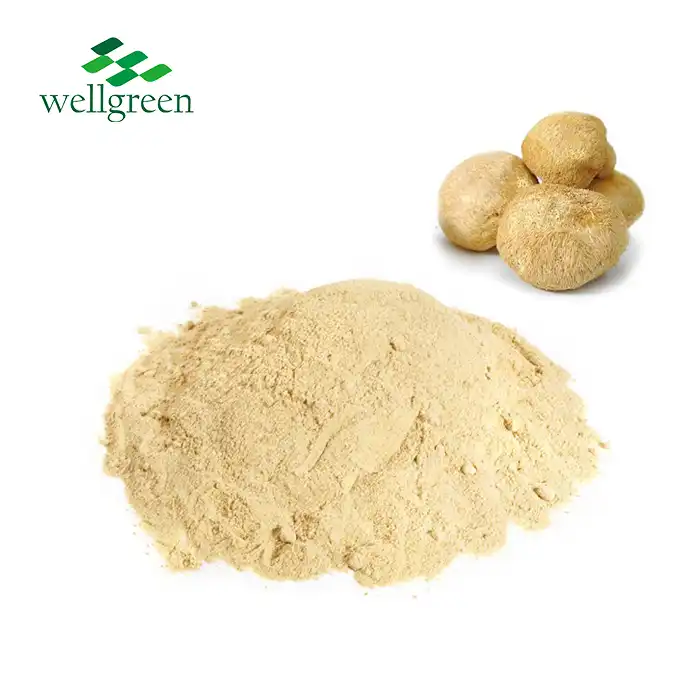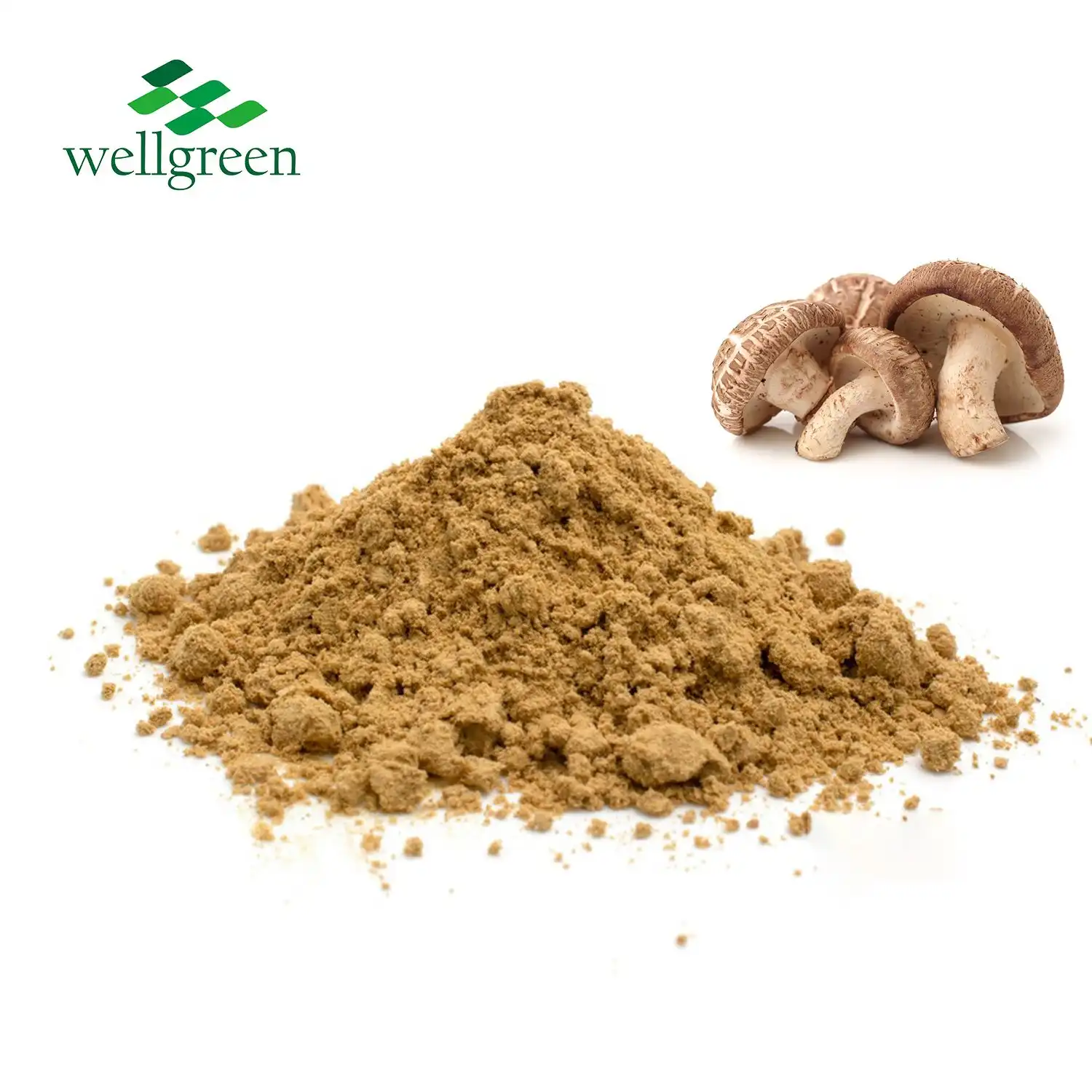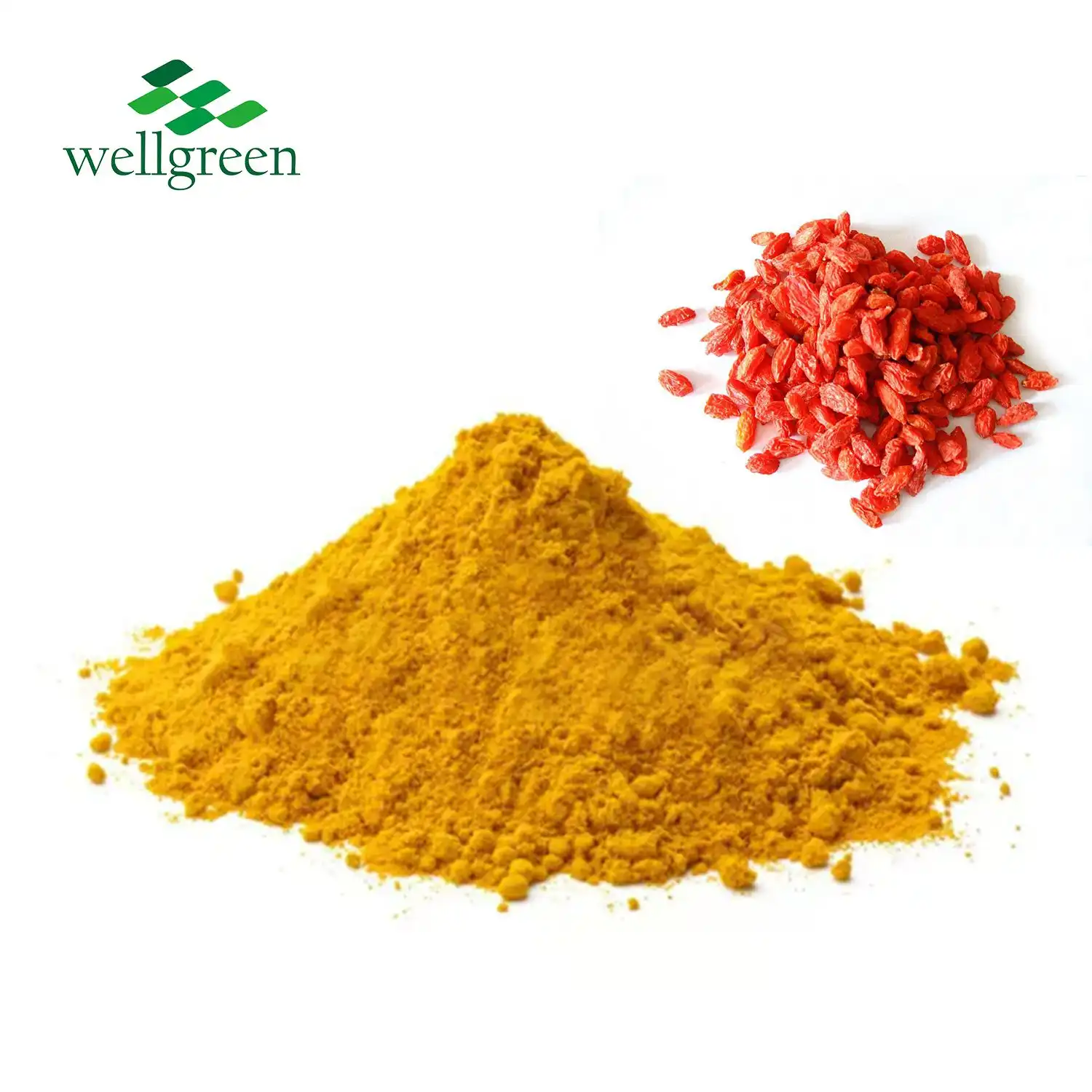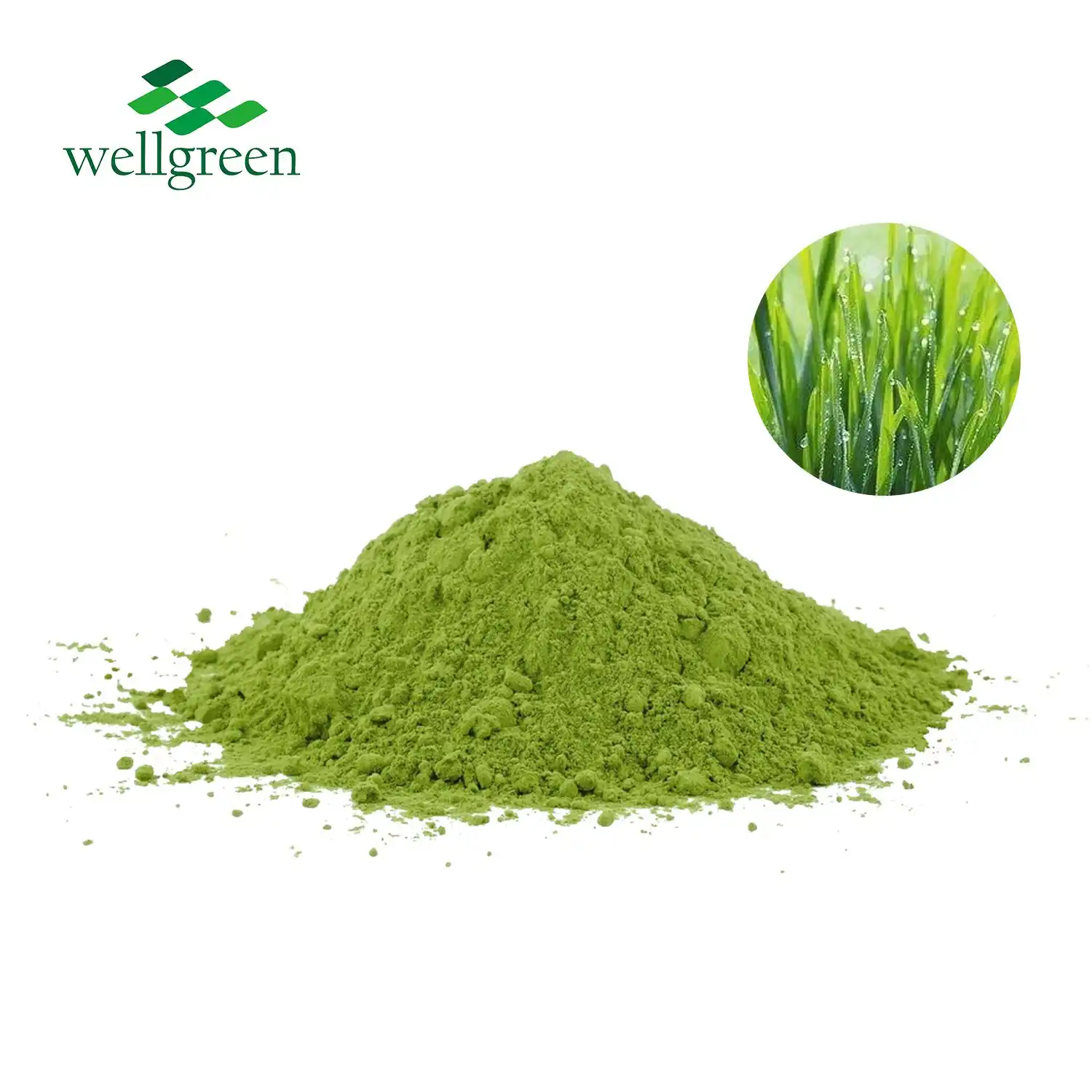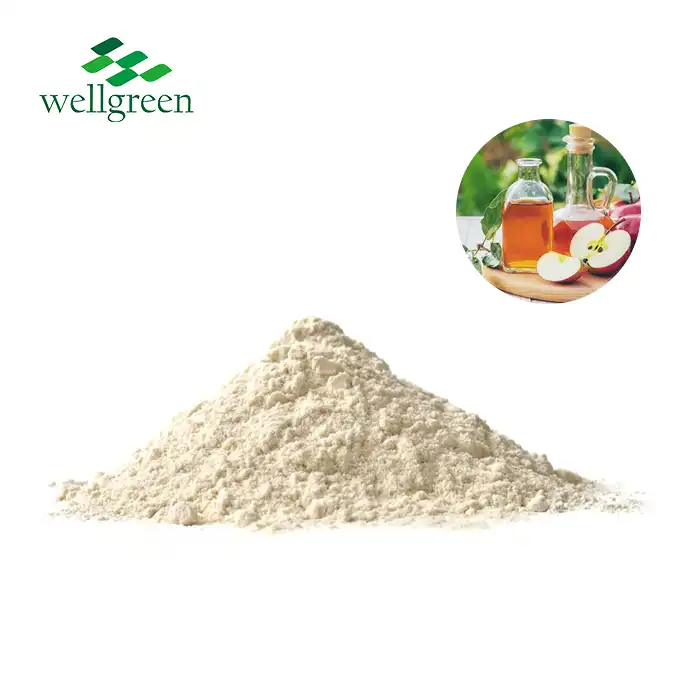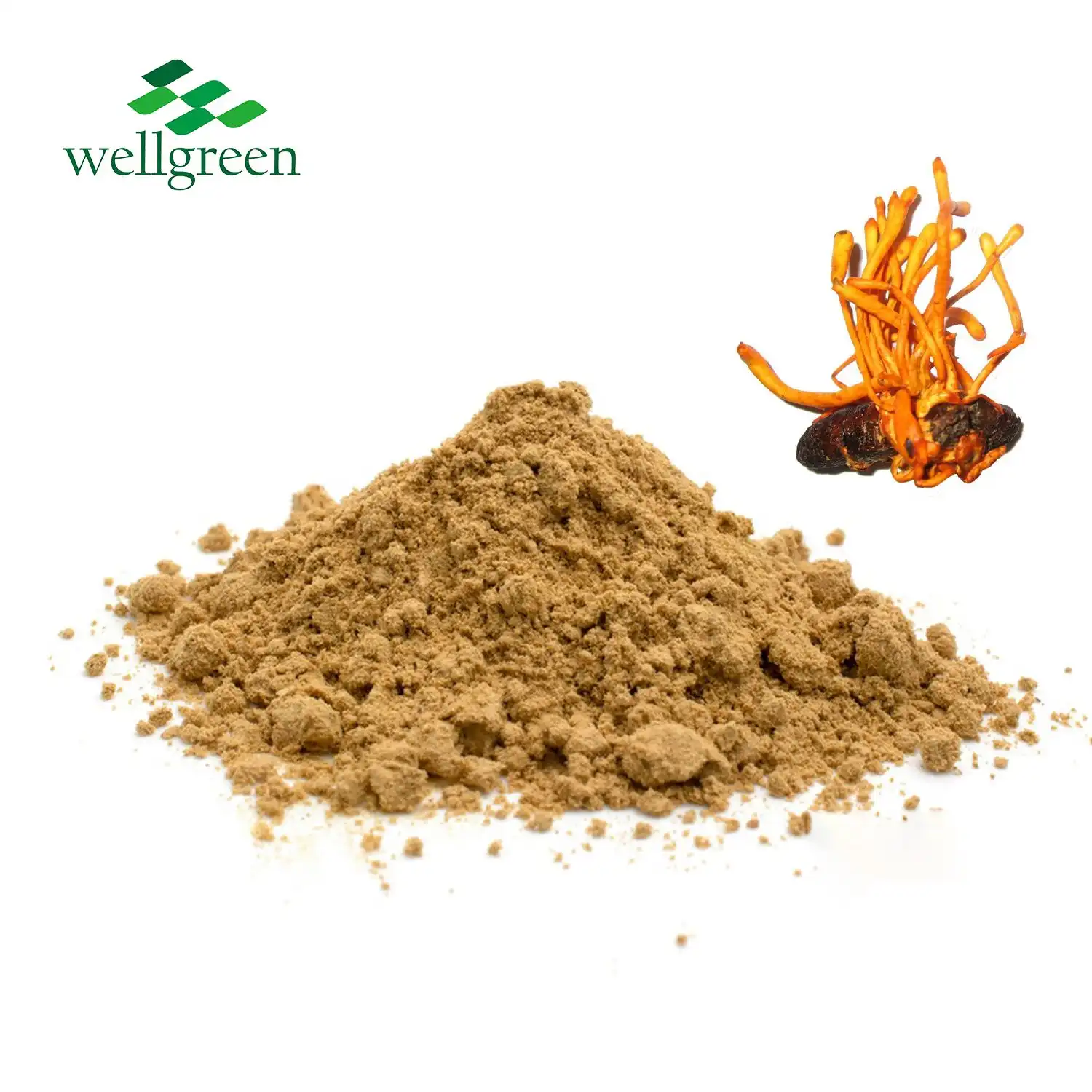Kelp Extract vs Seaweed Extract: What’s the Real Difference?
2025-07-17 13:59:48
While kelp extract and seaweed extract are often used interchangeably, there are some key differences between these marine-derived ingredients. Kelp extract specifically comes from large brown algae species, while seaweed extract can be derived from a broader range of marine plants. Kelp extract tends to be richer in iodine and certain minerals, whereas general seaweed extract may offer a more diverse nutrient profile depending on the source species. Both provide beneficial compounds for various applications, but kelp extract is often preferred for its higher concentration of specific bioactives. Understanding these nuances is crucial for manufacturers and consumers looking to harness the unique properties of marine plant extracts.

Are All Seaweeds Nutritionally Equivalent?
The nutritional profiles of different seaweed species can vary significantly, impacting the properties of their extracts. Let's explore the key factors that contribute to these differences:
Nutrient Density Variations
Seaweeds exhibit significant diversity in nutrient composition due to their unique ability to absorb minerals and trace elements directly from seawater. Brown algae such as kelp are particularly valued for their high iodine, calcium, and magnesium content, supporting thyroid and metabolic health. Red algae often provide elevated levels of protein, peptides, and powerful antioxidants like phycoerythrin. In contrast, green algae contain valuable chlorophyll and essential fatty acids. These differences make certain seaweed species more suitable for targeted health applications, including bone support, immune function, or cardiovascular health.
Environmental Influences
Environmental conditions play a pivotal role in shaping the nutritional value of seaweeds. Elements such as ocean currents, depth, salinity, and light exposure all affect the concentration of bioactive compounds. For example, kelp extract obtained from seaweeds harvested in cold, nutrient-rich waters tends to be denser in minerals and polyphenols compared to those from warmer climates. These natural variables result in chemical adaptations that may enhance specific health-promoting properties. Understanding the influence of geography helps producers source more potent seaweed extracts tailored for particular health and wellness applications.
Seasonal Changes
The nutrient composition of seaweed fluctuates throughout the year, influenced by seasonal changes in temperature, light, and reproductive cycles. During warmer months, some seaweed species may store more carbohydrates, while colder seasons often lead to increased protein and antioxidant concentrations. These seasonal variations affect both the potency and consistency of seaweed-based products such as kelp extract. Therefore, manufacturers must implement strategic harvesting schedules and standardized extraction techniques to maintain reliable product quality and bioactivity, ensuring consistent efficacy in supplements and functional food applications.
Species-Specific Composition and Benefits
Different seaweed species offer unique compositions and potential benefits. Understanding these distinctions is crucial for selecting the most appropriate extract for specific applications:
Kelp (Laminaria and Macrocystis Species)
Kelp extract, derived from large brown algae, is renowned for its high iodine content. It's an excellent source of fucoidan, a polysaccharide with potential anti-inflammatory and immune-modulating properties. Kelp extract powder is particularly rich in minerals like potassium, calcium, and magnesium. The organic kelp extract is valued for its natural growth-promoting effects in agriculture and potential benefits in thyroid health support.
Nori (Porphyra Species)
Nori, a type of red algae, is distinct from kelp in its nutrient profile. It's notably high in protein and vitamin B12, making its extract potentially beneficial for plant-based diets. Nori extract also contains porphyran, a unique polysaccharide with antioxidant properties, setting it apart from kelp-based products.
Spirulina (Arthrospira Species)
Although technically a cyanobacterium, spirulina is often grouped with seaweeds. Its extract is exceptionally rich in protein, vitamins, and phycocyanin, a potent antioxidant. Unlike kelp extract, spirulina extract is not a significant source of iodine but offers a broader spectrum of amino acids and micronutrients.

Industrial and Functional Differentiation in Use
The unique properties of different seaweed extracts, including kelp, lead to varied applications across industries:
Agricultural Applications
Kelp extract powder is widely used in agriculture as a biostimulant. Its rich mineral content and growth-promoting compounds can enhance crop yield and stress resistance. Organic kelp extract is particularly valued in organic farming for its natural origin and sustainability. Other seaweed extracts may be used for specific crop types or to address particular soil deficiencies, showcasing the importance of species selection in agricultural products.
Nutraceutical and Supplement Industry
In the health supplement sector, kelp extract is often favored for iodine supplementation and thyroid support. Its high mineral content makes it a popular choice for multi-mineral formulations. Other seaweed extracts might be preferred for different health targets - for instance, red algae extracts for their unique polysaccharides or spirulina for its protein and antioxidant content. The choice of extract depends on the specific health benefits being targeted.
Cosmetic and Skincare Uses
The cosmetic industry utilizes various seaweed extracts for their unique properties. Kelp extract is often incorporated into products for its moisturizing and mineral-rich profile. Other seaweed extracts might be chosen for specific skin benefits - such as anti-aging properties from certain red algae or the detoxifying effects of green algae extracts. The diversity in seaweed extract compositions allows for tailored formulations in skincare products.
Conclusion
While kelp extract and seaweed extract share marine origins, their specific compositions and benefits can differ significantly. Kelp extract stands out for its high iodine content and mineral richness, making it particularly valuable in certain applications. However, the broader category of seaweed extracts offers a diverse range of nutritional profiles and functional properties. Understanding these differences is crucial for manufacturers and consumers alike, enabling informed choices in product development and use across various industries.
Contact Us
For high-quality kelp extract powder, organic kelp extract, and other seaweed-derived products, contact Xi'an wellgreen at wgt@allwellcn.com. Our expert team can help you select the ideal marine extract for your specific needs, ensuring top-notch quality and functionality in your products.
References
1. Gomez-Zavaglia, A., et al. (2019). "The potential of seaweeds as a source of functional ingredients of prebiotic and antioxidant value." Antioxidants, 8(9), 406.
2. Wells, M.L., et al. (2017). "Algae as nutritional and functional food sources: revisiting our understanding." Journal of Applied Phycology, 29(2), 949-982.
3. Roohinejad, S., et al. (2017). "Seaweed sustainability: Food and non-food applications." Marine Drugs, 15(9), 312.
4. Murata, M. & Nakazoe, J. (2001). "Production and use of marine algae in Japan." Japan Agricultural Research Quarterly, 35(4), 281-290.
5. Holdt, S.L. & Kraan, S. (2011). "Bioactive compounds in seaweed: functional food applications and legislation." Journal of Applied Phycology, 23(3), 543-597.
6. Makkar, H.P.S., et al. (2016). "Seaweeds for livestock diets: A review." Animal Feed Science and Technology, 212, 1-17.

